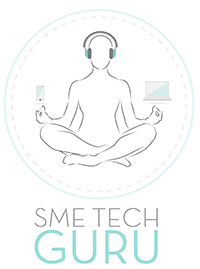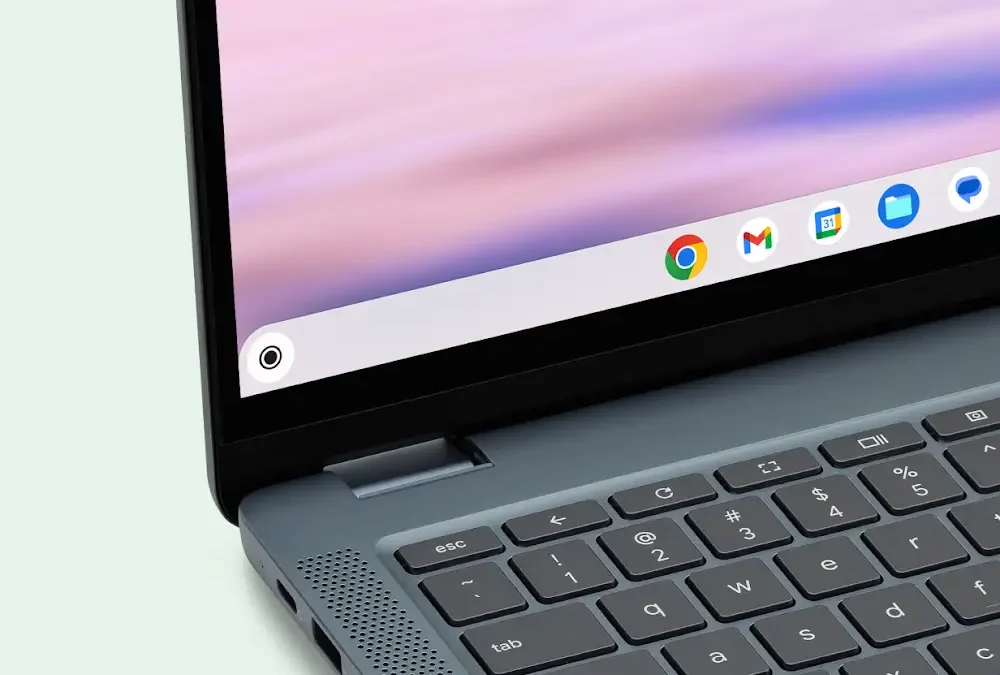Making the leap from Windows to Chromebook can feel like trading in a Swiss Army knife for a laser-focused multitool. ChromeOS is lean, fast, and cloud-first—but it’s also a shift in mindset. For South African users navigating data costs, hybrid work setups, and mobile-first lifestyles, Chromebooks offer a compelling alternative.
Here’s how to make the switch smooth, smart, and frustration-free.
Step 1: Transfer Your Essentials
Tip: Use your Google Account to sync bookmarks, passwords, and browser settings from your Windows PC.
- ✅ Sign into Chrome on your old PC
- ✅ Back up files to Google Drive or an external hard drive
- ✅ Upload music to YouTube Music or use Apple Music on Chromebook
- ✅ Use Google Photos to migrate your photo library
Local Insight: For users with limited bandwidth, consider backing up via external drive and syncing selectively once on Wi-Fi.
Step 2: Understand ChromeOS Basics
ChromeOS isn’t Windows—but it’s intuitive once you get the hang of it.
- Launcher = Start Menu
- Shelf = Taskbar
- Quick Settings = Bottom-right clock panel
- Updates = Silent and automatic (no restart drama)
Pro Tip: ChromeOS is built for speed and simplicity. No antivirus needed—it’s sandboxed and secure by design.
Step 3: Master the Keyboard & Trackpad
Windows users often stumble here.
- Right-click: Two-finger tap on trackpad
- Caps Lock: Launcher 🔍 + Alt
- Screenshots: Ctrl + Show Windows (□ǁ)
- Switch tabs: Three-finger swipe left/right
- Overview mode: Three-finger swipe up
Shortcut Hack: Hold Launcher + top-row keys to access function keys (F1–F12).
Step 4: App Alternatives That Work
ChromeOS leans on web apps and Android apps. Here’s your cheat sheet:
| Windows App | Chromebook Alternative | Notes |
|---|---|---|
| Microsoft Office | Google Docs/Sheets/Slides | Offline mode available |
| Outlook | Gmail + Calendar | Integrates with Android apps |
| File Explorer | Files app | Syncs with Drive & local files |
| Photoshop | Photopea / Canva / Adobe Web | Great for light editing |
| Zoom / Teams | Web apps or Android versions | Optimized for ChromeOS |
Local Angle: Many South African schools and SMEs already use Google Workspace—Chromebooks slot in seamlessly.
Step 5: Stay Productive Offline
Yes, Chromebooks work offline—if you prep them.
- Enable offline mode in Google Docs and Drive
- Download Android apps for offline use
- Use Linux (Beta) for advanced tools like GIMP or VS Code
Bandwidth Tip: Preload files and media when on fibre or public Wi-Fi to save mobile data.
Step 6: Privacy & Security
ChromeOS is built with security in mind:
- Verified boot
- Sandboxed apps
- No need for third-party antivirus
- Built-in parental controls and guest mode
Consumer Tip: Great for families, students, and shared devices—your data stays yours.
🇿🇦 Why Chromebooks Make Sense in South Africa
- Affordable: Entry-level models under R5,000
- Lightweight: Ideal for mobile work and study
- Battery life: Often 10+ hours
- Cloud-first: Perfect for Google Workspace users
- Security: POPIA-compliant by design
Final Thoughts
Switching to Chromebook isn’t about compromise—it’s about clarity. For South Africans juggling hybrid work, school, and side hustles, Chromebooks offer a streamlined, secure, and cost-effective way to stay productive.



